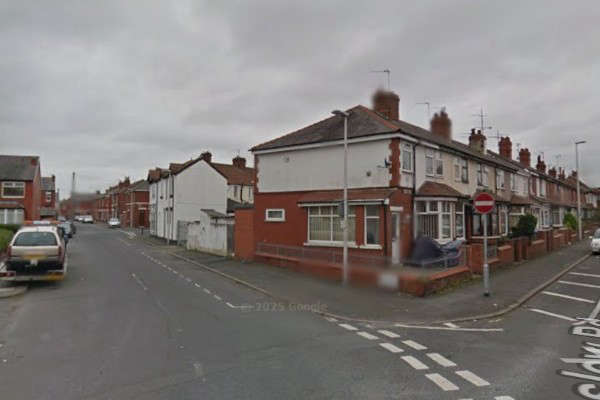
The availability of local services and the degree to which residents are isolated or integrated were amongst the factors that helped determine the areas that will receive a major cash boost from the government.
Six small parts of Lancashire were last week told they would each be handed £20m over the next decade from the Pride in Place fund – and details have now been revealed about the criteria on which allocations from the nationwide cash pot were based.
Neighbourhoods in Preston (Ribbleton, including Moor Nook and Grange), Blackpool (Little Layton and Little Carleton, including Grange Park), Fleetwood (parts of the Pharos and Mount wards), Morecambe (West End), Skelmersdale (spouth east ,including Digmoor) and Blackburn (Shadsworth and Intack) are amongst 169 beneficiaries across the UK.
The money can be used for community-led projects such as reviving high streets, restoring parks and breathing new life into pubs, leisure centres and community halls.
The areas were identified, in part, by how they scored on the Community Needs Index (CNI), which aims to delve deeper into a place’s problems than traditional measures of deprivation alone.
The system was developed by the Local Trust, an organisation set up back in 2012 to support the transformation of local communities.
The CNI considers issues including so-called ‘social infrastructure’ – the availability of key community, educational and cultural assets – and the extent to which residents are connected to vital services and have digital access.
Isolation, the strength of the local jobs market and how ‘active and engaged’ residents are in the places they live are also factored in.
The government combined the performance on the CNI of small localities known as middle-layer super output areas (MSOAs) with how they fared on the longer-established Index of Multiple Deprivation, which assesses a fixed set of social-economic factors.
It says the approach served to create “a single index of need”, based on a lack of material resources and access to opportunities, along with the broader disadvantages captured by the CNI.
Local Trust chief executive Rachel Rowney welcomed the fact that the organisation’s index was “clearly the foundation for the new approach the government is taking to regeneration”.
She added: “The CNI is a way of measuring the social and cultural factors that can impact people’s outcomes and life chances. Of the 146 areas announced [in England], 130 are doubly disadvantaged according to the CNI – and therefore among the neighbourhoods we have long argued need to be prioritised.”

 Blackpool Football Club Statement: Steve Bruce
Blackpool Football Club Statement: Steve Bruce
 GRAMMY Award winning international superstar rapper, singer, songwriter and actor Pitbull will bring the ultimate party to the North West as he headlines the closing night of Lytham Festival 2026.
GRAMMY Award winning international superstar rapper, singer, songwriter and actor Pitbull will bring the ultimate party to the North West as he headlines the closing night of Lytham Festival 2026.
 Exhibition showcases artworks by people with learning difficulties
Exhibition showcases artworks by people with learning difficulties
 New Lancashire-wide children’s service and niche support groups launched by Blackpool-based sight loss charity
New Lancashire-wide children’s service and niche support groups launched by Blackpool-based sight loss charity
 PET SHOP BOYS TO BRING DREAMWORLD – THE GREATST HITS LIVE TO LYTHAM FESTIVAL 2026
PET SHOP BOYS TO BRING DREAMWORLD – THE GREATST HITS LIVE TO LYTHAM FESTIVAL 2026
 A masterplan for Blackpool’s much-loved Stanley Park has been approved along with a £500,000 investment for its centenary year.
A masterplan for Blackpool’s much-loved Stanley Park has been approved along with a £500,000 investment for its centenary year.


